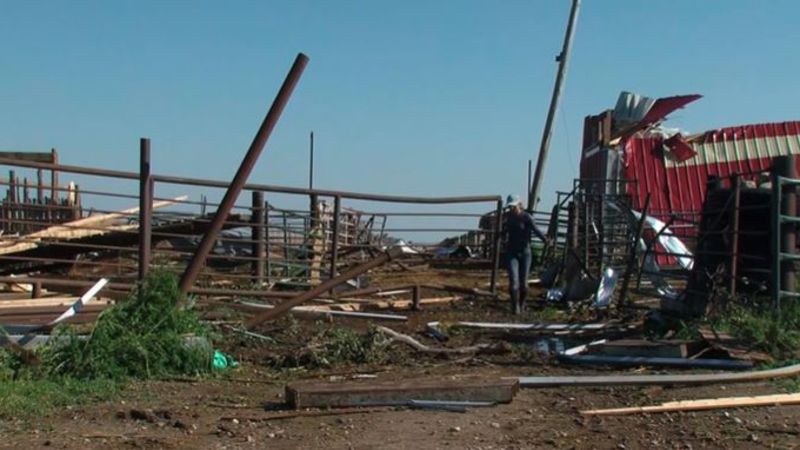
‘A long, narrow path and evidence of rotation’: tornado and downburst to blame for storm damage
MEDICINE HAT, AB – Environment and Climate Change Canada has confirmed a tornado touched down in Cypress County, followed by a downburst in Redcliff causing significant damage on July 18.
A team from Northern Tornadoes Project came to Cypress County to gather data and analyze the damage to figure out what actually occurred.
“It wasn’t clear what caused the damage initially,” said Dr. Dave Sills, executive director of Northern Tornadoes Project. “The critical piece of information it turned out, was to get an aerial drone image for the damaged areas to be able to look at it in real detail.”
